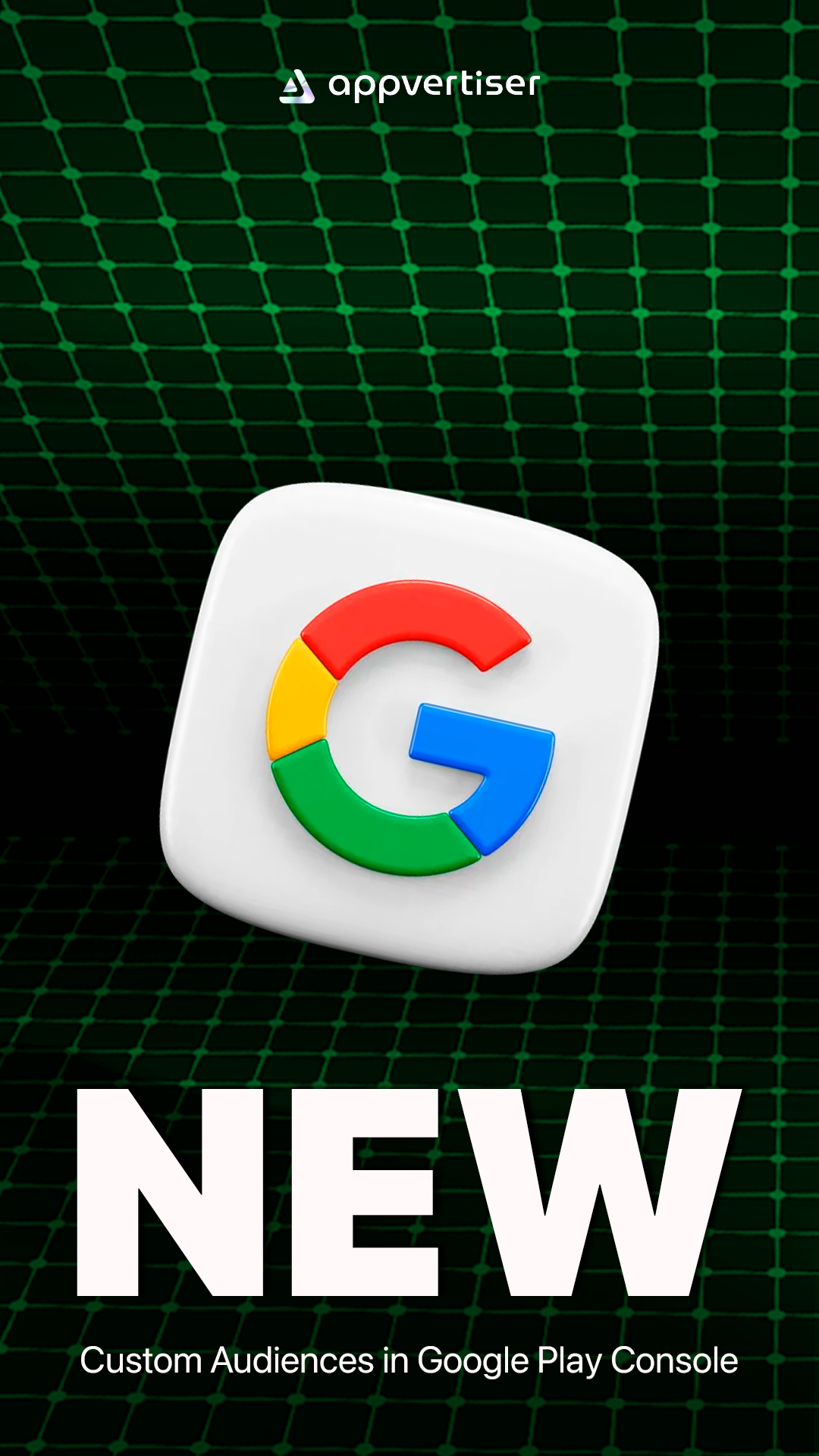
Disruptive Advertising: Ads That Stand Out
 What’s going on now?
What’s going on now?
In the constantly evolving digital landscape, it’s not new that companies must adapt their marketing strategies to remain relevant and competitive.
With over 6.3 billion smartphone users worldwide and an average of 262 daily phone checks per American, the mobile app industry is thriving, and user behavior and platform interaction are continually shifting.
Consumers expect personalized, targeted messaging that speaks directly to their needs and preferences, and companies need to stay ahead of the curve and adapt their approaches to meet the needs of their audiences.
 Disruptive Advertising as a Solution
Disruptive Advertising as a Solution
To stand out in a crowded social media landscape and effectively reach their target audience, companies need to create ads that are engaging, informative, and tailored to their audience’s interests and needs. Disruptive advertising can be effective because it interrupts the typical user experience with something unexpected, attention-grabbing, or entertaining.
By leveraging emotions or tapping into cultural trends, disruptive ads can create a strong connection between the user and the ad, leaving a lasting impression and potentially even changing the user’s behavior or perception.
However, it’s essential to note that not all disruptive advertising is effective, and some users may find it annoying or intrusive. Carefully crafting messaging and strategy is crucial to ensure that disruptive ads are well-received by the target audience.
 Disruptive Trends in Social Media Advertising in 2023
Disruptive Trends in Social Media Advertising in 2023
We predict that some of the disruptive trends in social media advertising in 2023 will include shifts in user-generated content (UGC), the growth of native ads, Spark ads on TikTok, branded content on social media, a narrower focus on entertainment, and investment in connected TV.
UGC: Brands will start to look for smaller UGC creators who aren’t influencers or current customers, using “actors” to create content that is effective as a commercial.
Native advertising: Native ads blend in with other content on a user’s feed, feeling like a natural part of the platform, without disrupting the user’s experience.
Spark ads on TikTok: Brands can use Spark ads to tie their content back to creators who already post about their products or services, with significantly higher engagement, completion, and conversion rates compared to non-Spark ads.
Branded content: Brands should focus on taking the best parts of UGC and applying it to their brand voice, making content human and relatable.
Entertainment focus: Content should feel more fun and lighthearted, rather than directly selling to potential customers. Using native-to-platform features like stitching and dueting helps keep content fresh and attention-grabbing for an audience.
Connected TV: Investment in connected TV is essential for brands hoping to get in front of potential customers where they’re spending an increasing amount of time, in front of streaming services in their homes.
 Final thoughts
Final thoughts
The advertising industry is continuously evolving, and brands must adapt to new ways of interacting with consumers. Disruptive advertising offers a solution to the saturation of ads.
By keeping the trends we discussed in mind and staying up-to-date with the latest marketing strategies and tactics, marketers can successfully navigate the digital landscape and build successful campaigns that resonate with their audiences.
Are you looking to talk with experts in advertising strategies?



